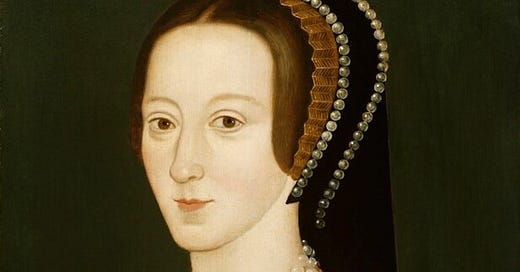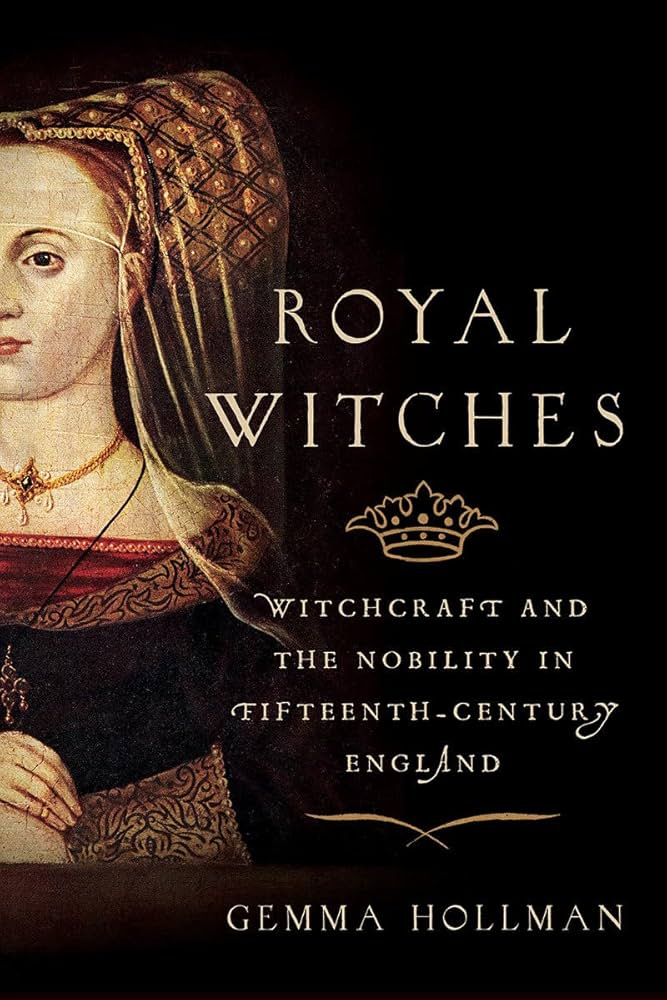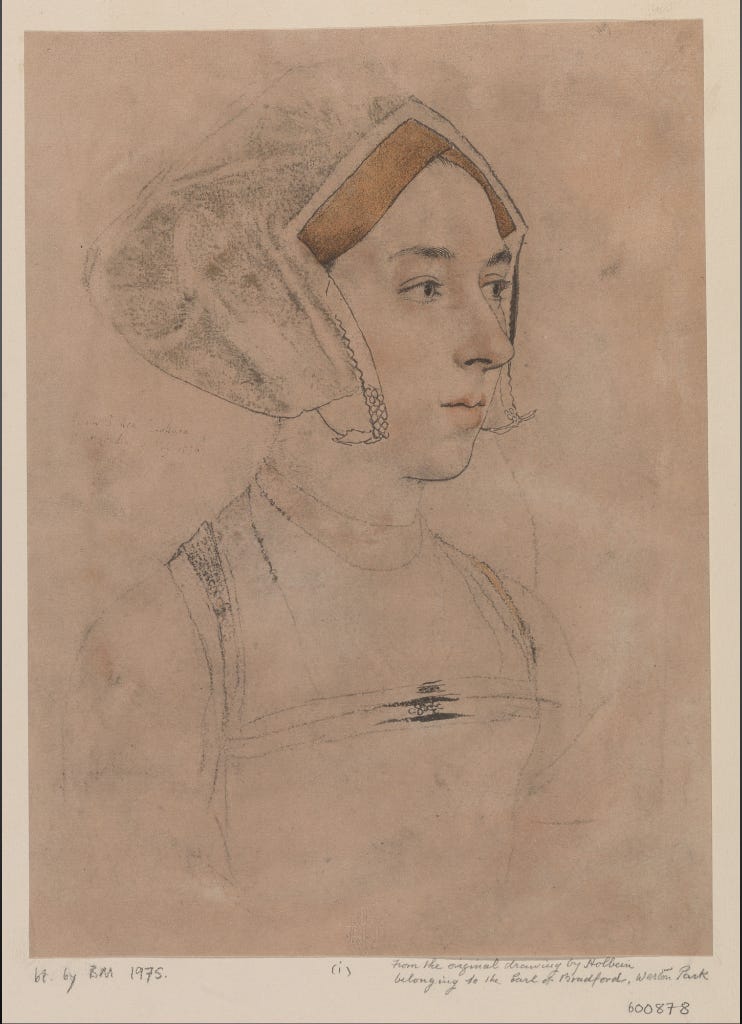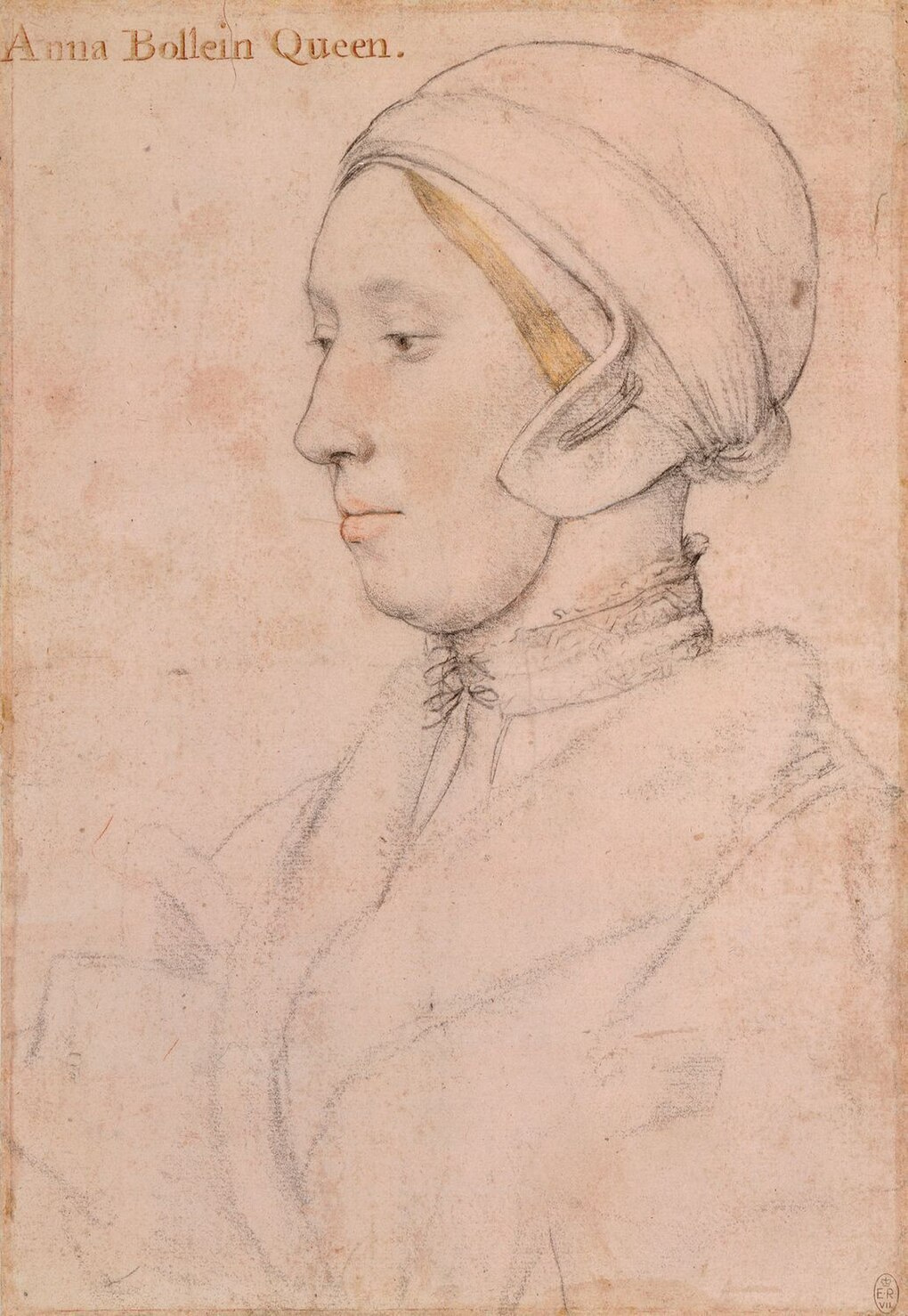Welcome back to the Fascinator’s exclusive series on royal scapegoats! Typically, this series is a paid-subscriber exclusive that examines the lives of women who have been the subjects of blatantly biased treatment throughout history. Now, we’re adding a twist in honor of spooky season. I’ll be bringing my paid subscribers some special installments over the next few weeks, examining the lives of royal women who have been accused of witchcraft.
Today’s newsletter is a freebie—but to receive the future parts (and unlock the introductory article) consider joining The Fascinator or upgrading as a paid subscriber!
And for a broad overview of exactly how witchcraft became a unique weapon to wield against royal women, be sure to check out the previous paid-exclusive newsletter on Jacquetta of Luxembourg.
And if this historical topic really speaks to you, I have a witchy book rec to share! I just finished Royal Witches: Witchcraft and the Nobility in Fifteenth-Century England by Gemma Hollman. It’s rigorously researched and lays out the case for medieval royal women being more scapegoats than witches.
Hollman illuminates the lives of Jacquetta of Luxembourg and Elizabeth Woodville (from last week’s newsletter!) as well as Joan of Navarre and Eleanor Cobham, detailing the social and political contexts in which they were each accused of witchcraft. If you have a Spotify Premium account, the audiobook is available for free, which is how I listened! Otherwise, learn more about it here.
Today, I want to focus in on a royal woman who you probably know—and whose story seemed overwhelming when I first started this newsletter series. She’s one of the poster girls for royal scapegoats, after all, and much modern scholarship has been focused on telling her story in a way that does justice to her complex life. Luckily, using the witchcraft allegations that were lodged against her as a starting point made writing this installment a bit less daunting.
I’m speaking, of course, about Anne Boleyn, the second wife of Henry VIII and the mother of Queen Elizabeth I. She’s a figure steeped in drama, intrigue, and tragedy, but what can we make of the allegations of dark magic that also permeate her story?
Born around 1501, Anne grew up in the French court, where she learned that wit, charm, and some killer dance moves could get a girl far in life. After returning to England from her time in France, Anne (or more probably the ambitious Boleyn family) seemed determined to make her mark at court. Unlike many women of her era, Anne had an air of confidence that set her apart from the pack. With her magnetism and style, she quickly became an intriguing presence at court. And it was this charisma that first caught the eye of King Henry VIII.
What the history books (and movies, and series…) usually leave out is the fact that Anne was not easily won over. She resisted—I think earnestly—the king's early advances, maintaining a coy demeanor that only heightened his interest. This playful courtship has long been considered a strategic move on her part; by holding back, she turned the king’s pursuit into a challenge. However, modern historians like Hayley Nolan push back on the idea that Anne was merely playing hard to get. Through a feminist lens, perhaps the historical record is actually trying to tell us that Anne’s periodic withdrawals from Henry’s court were actually her attempt to make him lose interest.
But the more Anne drew away, the more Henry pursued her—and the more infatuated he became. Their courtship was charged with tension, eventually transitioning from playful courtly love to genuine affection.
Anne’s allure wasn’t just physical—in fact, contemporaries don’t describe her as a sexpot or even a beauty. She engaged Henry intellectually, discussing politics and religion, and this connection on a deeper level made her indispensable to him. As Anne’s influence grew, so did her dreams of marriage.
As you probably know if you’re reading this newsletter, Anne’s secret marriage to Henry in 1533 sparked the English Reformation. As Henry sought to annul his marriage to Catherine of Aragon, he also established the Protestant Church of England. And in those first few years together, Anne was not just Henry's wife; she was his muse and political ally.
Despite the triumph she must have felt when she was finally crowned Henry’s queen, Anne’s life as Queen wasn’t destined to be a walk in the park. (But again, if you’re reading this newsletter, I assume you already knew that). Her relationship with Henry—which had begun with such fervor and passion—gradually unraveled under the weight of political pressures, personal insecurities, and shifting court loyalties. As time went on, the very traits that had drawn Henry to Anne became sources of tension.
The birth of their daughter, the future Elizabeth I, in 1533 was a moment of joy, but the couple’s subsequent failure to produce a male heir began to test their relationship. Over time, Henry’s desperation for a son to secure the Tudor lineage became all-consuming. With each of Anne’s failed pregnancies and miscarriages, the king's affection waned, culminating in frustration and disappointment. Anne’s worth in Henry’s eyes became tied to her (in)ability to provide a male heir.
Anne's political enemies were quick to exploit the situation. Figures like Thomas Cromwell and the Seymour family (whose sister Jane was seen as a more compliant alternative to Anne) began to circle like vultures. They whispered in the king’s ear about Anne’s alleged infidelities and her growing ambition, painting her as a threat to his dynasty. In a court where power dynamics could shift overnight, this made the situation particularly dangerous for Anne.
The final blow came when Anne Boleyn was accused of adultery, treason, incest, and witchcraft—charges that were likely fabricated to bring her down. This last allegation was particularly sensational, framing her as a manipulative woman who had bewitched the king. It was a clever narrative, playing into contemporary fears about women wielding power.
The court that once celebrated their Boleyn Queen now became her enemy, and the king, swayed by his advisors, turned against her. In May 1536, Anne was arrested, tried, and executed, a tragic end to a relationship that had once promised so much.
In an English court familiar with paranoia and power struggles (they were only a few generations removed from the Wars of the Roses, after all), accusations of witchcraft were known to be a potent weapon. Some claimed she had bewitched Henry, leading him to seek a divorce from Catherine of Aragon. Her enemies also circulated rumors that she had six fingers (considered a mark of the devil at the time) and that she had given birth to a stillborn “monster.”
The idea that Anne had used sorcery to enthrall Henry added a sinister edge to her character and heightened the public’s craving for her downfall. Despite her efforts to defend herself—including a passionate gallows-edge plea claiming her innocence—Anne was executed at the Tower of London on May 19, 1536.
Her story didn’t end there; Anne’s legacy evolved over time into a cautionary tale about ambition and betrayal. She was commonly painted as both a seductress and a threat even through the 20th century. Even the witchcraft allegations lingered in the public imagination, with rumors that Anne was born with a sixth finger persisting into the modern imagination.
Today, Anne has become a symbol of how a woman’s power can so easily be twisted into a narrative of fear and superstition—and the accusations of sorcery hammer home that her rivals’ motivations were to tear her down at any cost. Above all, Anne’s story is one of the most notorious reminders of the precarious position women held in the courts of history—where ambition could lead to both greatness and ruin.
Oh, and Anne’s remains were exhumed in the 1800s, and she had exactly ten fingers.
Phew, that was a heavy one. How about a witchy fun fact about Anne?
In the Harry Potter films, a portrait of Anne can be spotted hanging in Hogwarts Castle—a testament to the enduring popularity of the theory that she dabbled in sorcery.
However, portraits of Henry VII and his granddaughter, Mary I, are also present in the films. Whoever on the set design team made that decision was clearly dedicated to the real-life “History of Magic.” Elizabeth I, Anne’s daughter, is likewise featured in fan theories as the last of the Tudor line to display wizarding traits.











Got to say, Henry VIII reminds me a lot of DJTrump who seems to always need to get his way to the point of obsession.
Are there any witch stories that have a good ending? It's hard to believe that any could exist.